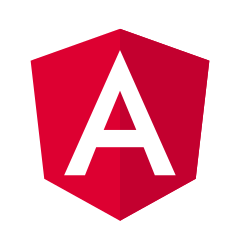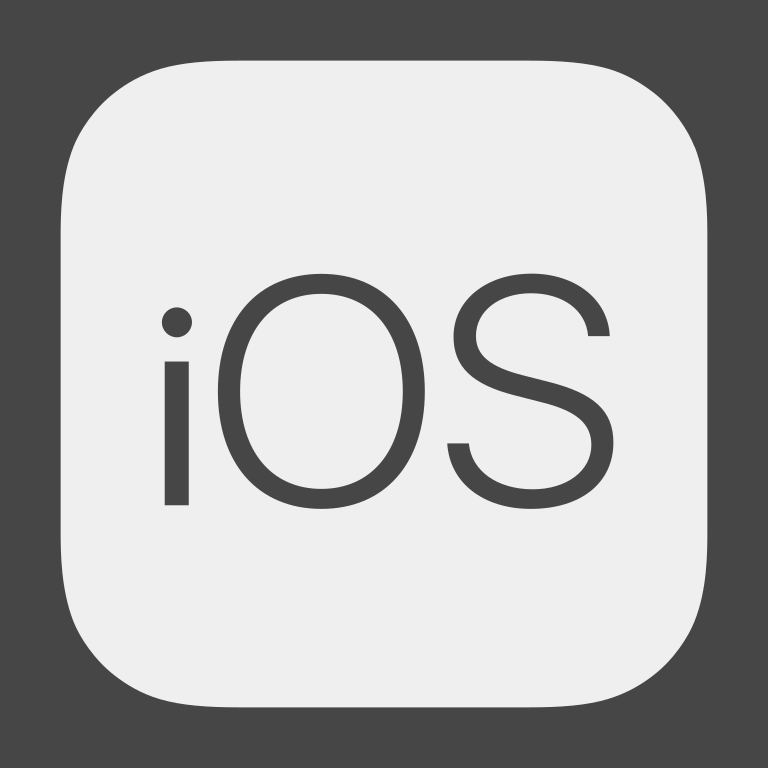The Wakosta App Expansion: A journey through innovation, challenges and setbacks.
.585cdb9.png)
Exploring the potential of an idea for financial predictability
Last year, I had a vision to simplify savings and make budgeting more visual and flexible. My school coaches endorsed the idea and I was able to find an organization called CEBUD that specialized in budgeting and financial stress. They were excited to work on the project with me and we quickly gained the attention of BIZ Flanders, the organization responsible for creating the Wakosta mobile application.
Being a SCRUM Master
As the SCRUM master of the project, my main responsibilities were to lead and manage the development team, ensure that the project was running smoothly and efficiently, and to act as a liaison between the team and the stakeholders. One of my key tasks was to lead the daily stand-up meetings, where the team would discuss progress and any issues that needed to be addressed. I also facilitated the sprint planning, review, and retrospective meetings, which helped the team stay on track and make adjustments as needed. I was also responsible for managing the project's backlog, which involved prioritizing tasks and ensuring that the team had a clear understanding of what was expected of them. Another important responsibility was to remove any obstacles that the team may encounter during the development process, to ensure that the project was progressing as planned. I also had to work closely with the stakeholders, such as CEBUD and BIZ Flanders, to ensure that their needs were being met and that they were satisfied with the progress of the project.
The Power of Ionic Framework
Since the application was already written in Ionic Angular, we knew we would have to get skilled in its inner workings. The Ionic framework is a popular open-source framework for building cross-platform mobile applications. It allows developers to use web technologies such as HTML, CSS, and JavaScript to build apps that can run on both Android and iOS devices. The framework provides a set of pre-built UI components, such as forms and buttons, that can be easily customized to match the design of the app. Additionally, Ionic has a large and active community, which means developers can find resources and support when working on their projects. By using Ionic as the framework for our project, we were able to create a visually attractive and user-friendly app that could run on a wide range of devices.
Challenges and lessons learned
However, issues arose with the original developer. The framework and libraries were outdated, and it became impossible to write the expansion due to the workload and legal concerns. Despite the setbacks, I am grateful for the opportunity to work on this project and the skills I was able to gain as the SCRUM master. I am excited to see what the future holds for the Wakosta app and similar projects.
Conlusion: Bringing an idea to life is often a long journey
In conclusion, The Wakosta App Expansion project was a great opportunity to work on a financial app and learn the skills of leadership and delegation. Although we faced some challenges, I believe that the potential of the Ionic framework for financial apps is huge, and I hope to see more innovative projects in this field in the future.
.d05ecba.jpg)
.3396d52.jpg)
.f0a241a.jpg)





